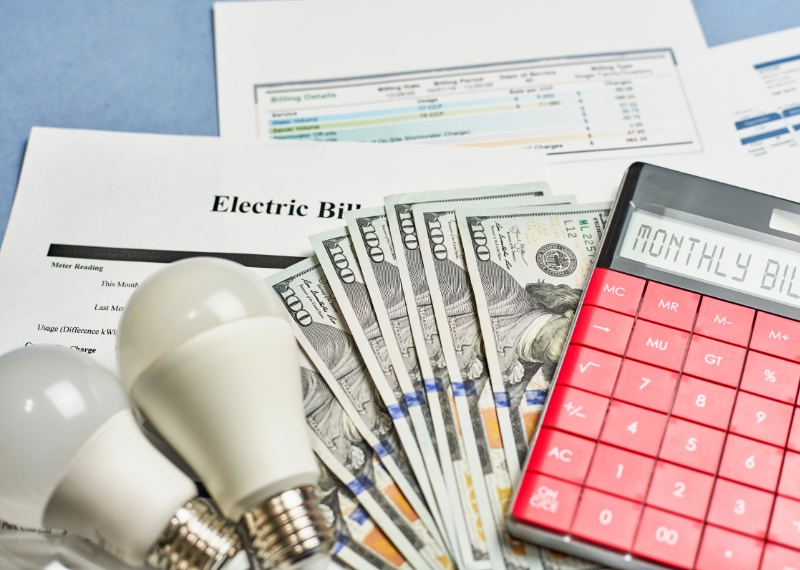Taking care of your utilities transfer is an important step in the moving process. Whether it's your water bill, electric, gas, trash or even homeowners association dues, you need to make sure not only to take your name off the first bills but to add yourself to the new ones.
Your Moving Guide: How to Transfer Utilities and Other Important Know-Hows

Read on to understand the simplest way to move over all your utility bills and other critical items before moving day.

Lets Get Started With the Process
If you’ve signed on the new place, and booked your mover on iMoving, all that's really left is to transfer utilities. This article will give you an overview of what's important to do asap.
Don’t fret, iMoving is here for you every step of the way. Do know that in order to pay your final bill some companies will require a final meter reading to know exactly what to charge you, while others are happy to overcharge you based on average usage and refund you later.
Don’t forget to check the meters before leaving.
How Do I Actually Begin
1. Change your address
Start with this step so that you have the right to change all your utilities without questions.
Go to USPS to change your address online. Some movers offer this service for you, but honestly, it's so easy it's quite a waste. If you are feeling technically challenged you can go physically to your local post office and get help there. Ensure to bring along your signed contract.
2. Electric, Gas, and Water
To change your electric, gas, and water bills, you'll need to show the electric company proof of your identity, such as your ID, driver's license, or birth certificate, and billing address. It’s usually best to have scanned your signed lease agreement since you likely don’t yet have a piece of mail in your name by this point.
Pro tip: When already calling in to pay the final bill and give the meter reading, sign up and give your credit card for automatic withdrawals on the new home to save time and stress later on.
You may find that different areas work with different carriers of gas or water so ask around to understand your best options.
Other Important Things to Transfer
When preparing for your move, we recommend getting organized and making a list of the contact numbers of the following relevant service providers:
- Internet
- Home Phone Line (If you still live in the 90’s)
- Update your credit card companies
- Update your homeowner's insurance policy
- Dental and Medical Records
- Voter Registration
- Pet Microchips
- Cable TV
What Do I Need To Do At The New Home
First things first, take a meter reading of the previous tenant's usage so that you won’t accidentally overpay.
When you call in to start the new service, double-check that the current bill was paid off by the previous tenants and there are no outstanding debts on the property.
How Can I Cut Down Costs on My Utility Bills
If we are already on the topic of utilities, enjoy a few pro tips for saving a buck or two.
- Cook indoors during the winter and outdoors during the summer months as much as possible
- Unplug electronics when not in use
- Make sure your water heater is hooked up to a timer so that you don’t forget and leave it on.
- Take shorter showers, or use a water-saving shower head
- Check for leaks in your piping
- Use energy-saving light bulbs.
- Always take that extra second to double-check the lights have been turned off
Bonus Tips
- Make sure you know the school district’s timeline for signing up your children
- The same goes for pre-schools which usually follow a different schedule.
Final Thoughts
It is important to transfer over your old and new utilities as a first step in the moving process. Don’t get worked up about the task, just prepare your info ahead of time and call each vendor on moving day.
Frequently Asked Questions
A1 It’s difficult to give an exact estimate as different service providers ave varied wait times on the phone, but on average around 20-30 minutes per call per utility should be more than enough if you have your information and meter reading handy.
You are likely to incur late fees as well as not have access to basic necessities like electricity and water. Moving your utilities is a key step in moving.
A3 It’s up to you. Most movers charge about $40 per utility so if this VIP service sounds like a stress-saving technique, you can book this with most iMoving vendors.
Get all moving services you need in one place
Shop Our Services